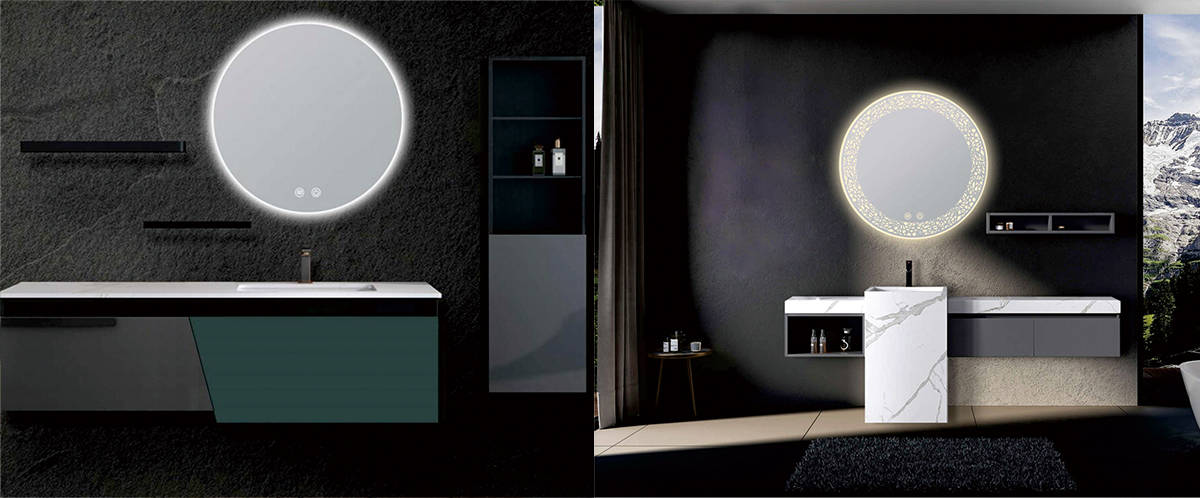When choosing a vanity, you’ll first need to consider the placement of the drain connection in your bathroom. You’ll also want to make sure you’re choosing upgrades that match building code.
Familiarize yourself with the types of vanities. On the higher end, ornate furniture pieces can be retrofitted to include a granite top and china bowl. The lower price range includes pressboard cabinet vanities with marbled tops. Mid-range bathroom vanities have a variety of woods, finishes, depths, widths, and drawer placements, which can be customized in 2-3 weeks or found in stock in the store.
When choosing the drawer placements, keep the location of the drain connection in mind.
Bathroom vanities have a variety of options for countertops and sinks. A self-rimming china lavatory sink drops into a laminate countertop, but water can pool up on the outside, sometimes causing the countertop to peel. Newer vanity tops are molded as one piece, with the countertop, sink, and backsplash all-in-one. A third option is to choose a countertop with a sink that attaches on the underside (to prevent the issue of pooling water on the countertop). This can be done with a plastic bowl or with a granite countertop and china bowl underneath.
When choosing the sink and countertop, consider the overflow hole, which is required code in some states. The all-in-one molded sinks and countertops don’t always have this element.

Post time: Oct-25-2023





